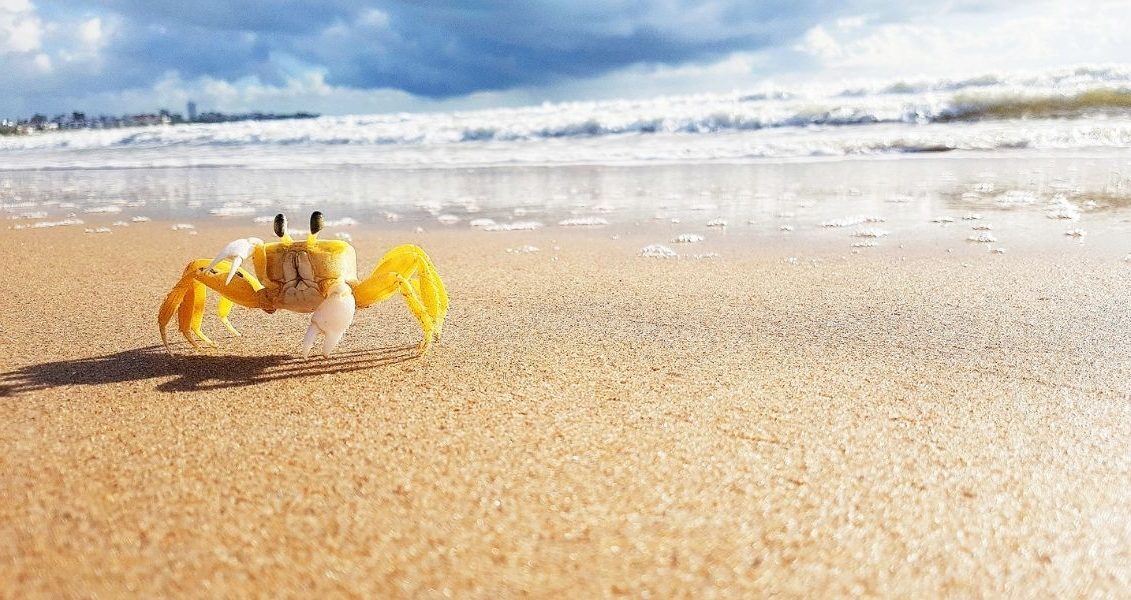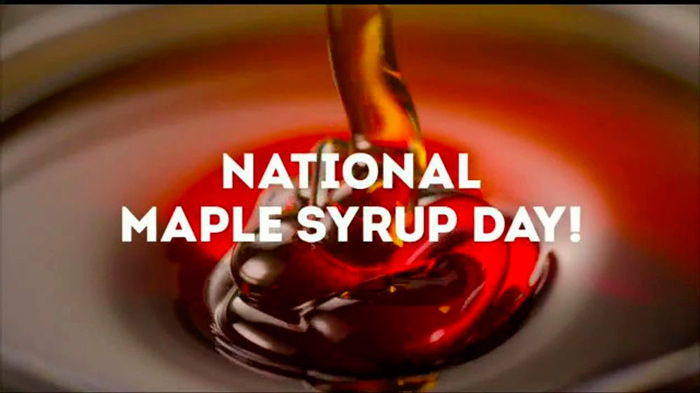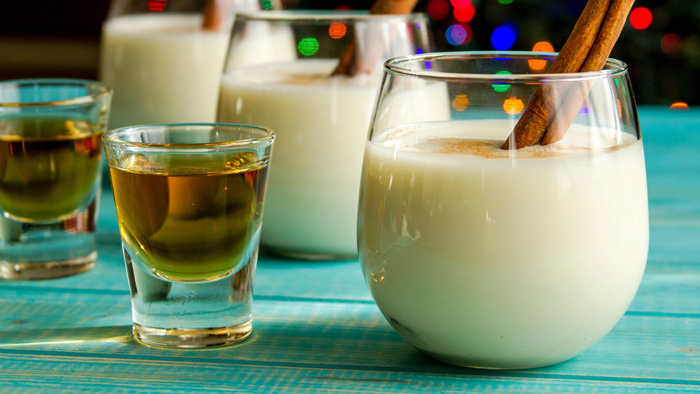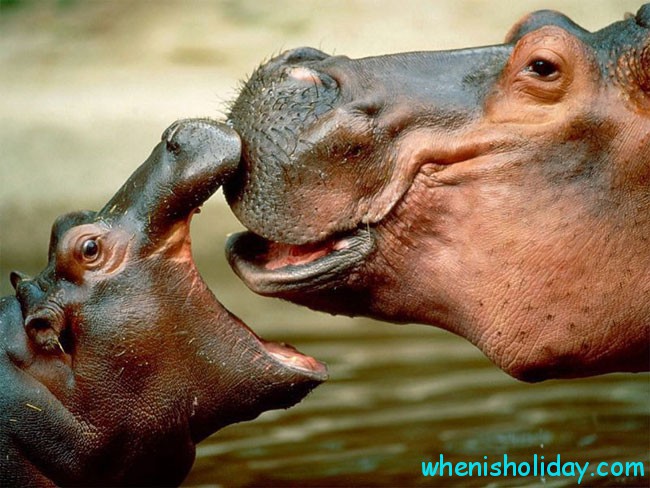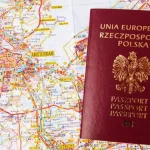World Aquatic Day
What day is it?
April 3 is celebrated World Aquatic Day (World Aquatic Animal Day (WAAD)) is an annual holiday dedicated exclusively to aquatic animals. The purpose of this day is to spread the word about these often forgotten wildlife that live in or near water. And these are not only fish, octopuses, corals, whales and dolphins. This group includes polar bears, penguins, as well as amphibians and seabirds.
How did the idea to celebrate the World Day of Aquatic Animals come about?
Because aquatic animals are often excluded from legal and regulatory frameworks that provide some protection for wild animals, Lewis & Clark Law School’s Animal Rights Clinic, part of the Center for Animal Law Studies (CALS), in 2017 .launched its project called “Aquatic Animal Law Initiative (AALI)”. As a way to protect and promote the interests of aquatic animals, they established April 3rd every year World Day of Aquatic Animals. So far, the holiday is little known, as it was held for the first time in 2020.
The Center for Research in Animal Rights trains lawyers who then work to protect all animals. Many law students at the Center are passionate about helping aquatic animals. World Aquatic Day gives people an opportunity to raise awareness of global threats to aquatic life and how each of us can make a difference.
Facts and statistics
The ocean is one of the most unexplored parts of our planet with many undiscovered species and mysteries. From research conducted over the last few decades, it appears that this wonderful environment is under serious threat from human intervention. According to calculations, by 2050 the mass of plastics will exceed the mass of fish. Aquatic life is irreparably damaged by chemical water pollution and the millions of tons of waste dumped into water bodies every year. The result of this is a planetary crisis, from the consequences of which more than 100 million marine animals are lost annually, and the ocean ecosystem is also declining.
Almost 1,000 species of marine animals are affected by ocean pollution – already today there are more than 500 places on the planet recorded as dead zones where marine life cannot exist.
Shocking statistics of ocean pollution
- 100 million marine animals die every year from plastic waste alone. 100,000 marine animals die each year from entanglement in nets and waste – these are just the creatures we find!
- Fish in the North Pacific ingest 12-14,000 tons of plastic each year. In the last 10 years, humanity has produced more plastic than in the entire previous century.
- By 2050, the mass of plastic waste will exceed the mass of fish.
- The largest garbage dump on the planet is the Great Pacific Garbage Patch, which is twice the size of a small country. There is 6 times more garbage than sea life.
- China ranks first in terms of waste that is not properly managed. However, the US is in the top 20 with more waste per capita.
- 300 million tons of plastic are produced annually. This is the weight of the entire human population. At the same time, 50% of produced plastic is intended for one-time use.
- According to general estimates, there are 5.25 trillion in the oceans of our planet. units of plastic waste.
- 236,000 kg of microgenetic matter is thrown into the sea every year, which enters the body and is taken as food by sea creatures.
- More than 100 nuclear bomb tests have taken place in our oceans.
What animals are aquatic?
When someone thinks about aquatic animals, then “fin” fish may come to mind. However, there are many more species of aquatic animals. In a biological context, the term “aquatic” is used to denote both the aquatic animals themselves and the aquatic environment in which they live. Aquatic animals refer to animals that live mainly in various water formations such as seas, oceans, rivers, lakes, ponds, etc. Aquatic habitats can be freshwater, marine, or brackish.
Below is a list that gives an idea of which animals are aquatic. This list is by no means complete, but it distinguishes the following groups of animals.
Amphibia: including frogs, newts and salamanders.
Shellfish: crabs; lobsters; shrimps; wing; clams; water flea, water flea.
Fish: sharks and other fins.
Marine mammals: cetaceans; pinnipeds; polar bears; otters, badgers, beavers.
Clams: mussels, scallop oysters; mussels; shells; oysters; clams.
Cephalopods: squid; octopuses, cuttlefish.
Reptiles: turtles; snakes; iguanas; crocodiles; alligators and geckos.
Echinoderms: starfish; sea urchins; sand dollars; sea cucumbers
Cnidaria: corals and jellyfish.
Birds: penguins; flamingo; seagulls; pelicans; ducks; geese; albatross; puffins
Aquatic insects: zooplankton
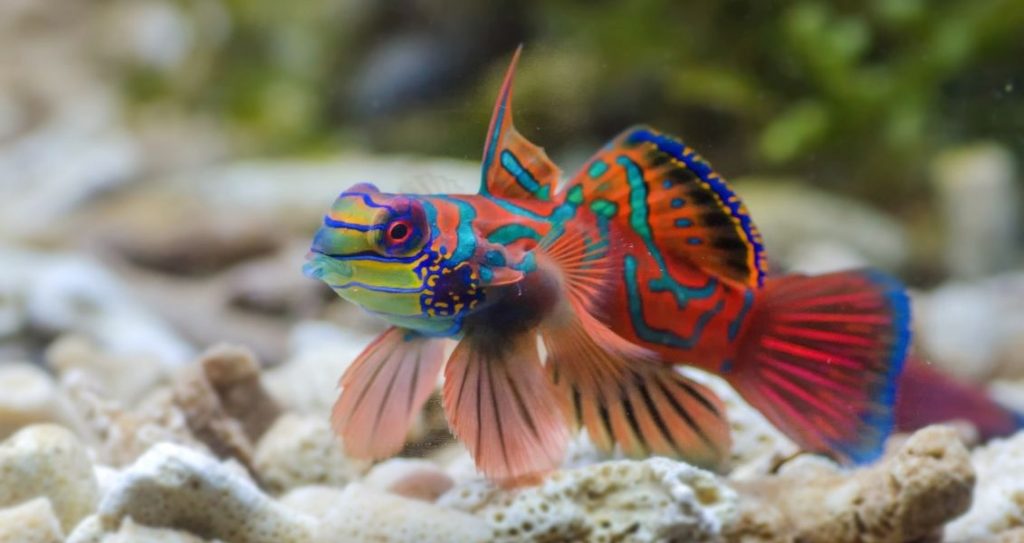
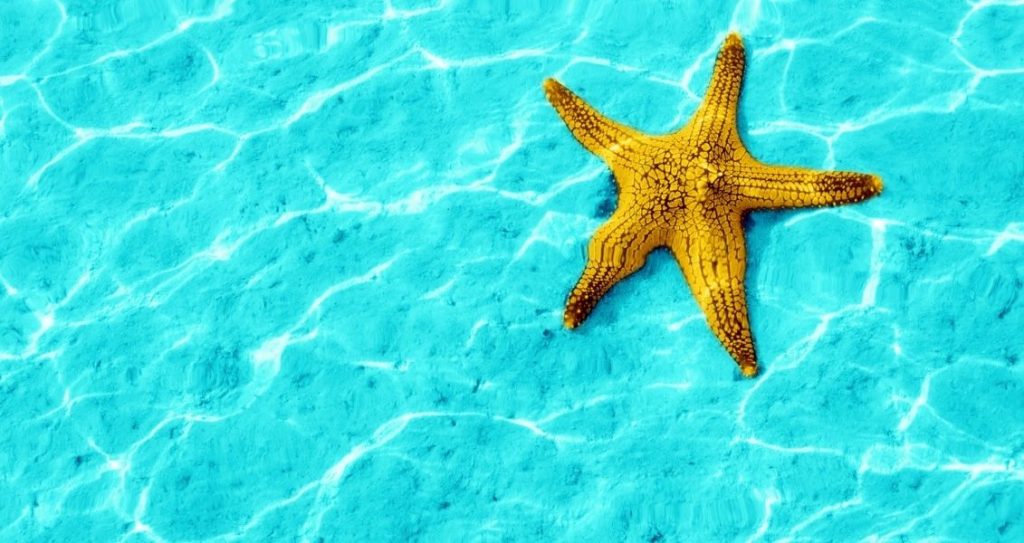
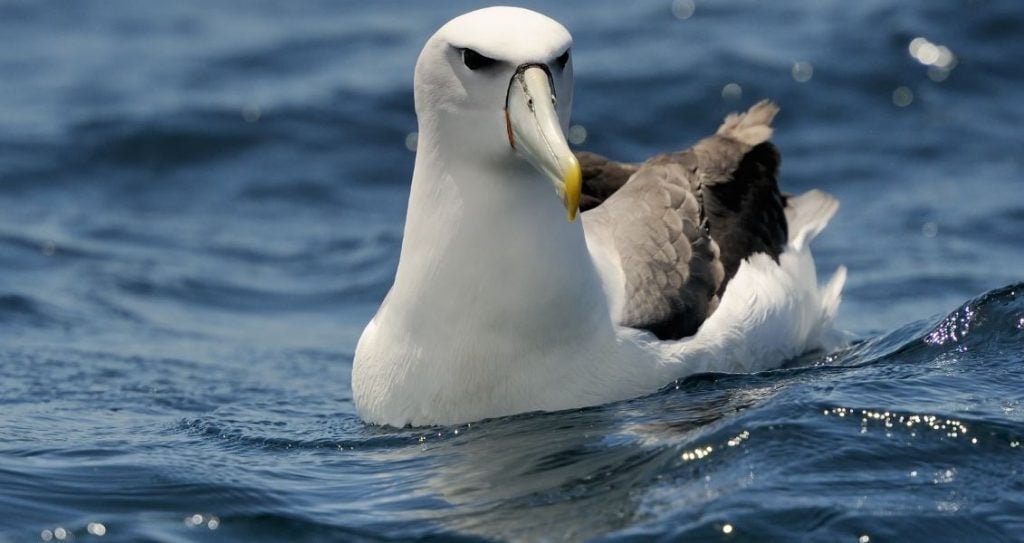
How to celebrate the World Day of Aquatic Animals?
The very idea of the holiday is to educate people. What do we mean when we talk about “aquatic animals”? What animals belong to this category? What threatens them? What does the law say about this? What are the ways to protect these animals? There are several aspects that will make a celebration World Day of Aquatic Animals maximally productive:
- Education. Help others understand the threats facing aquatic animals.
- Recycle, reduce and clean up – this step is to promote plastic recycling. You can simply come to the shore and clean it of plastic bottles, plastic bags and other garbage. Another possibility is to reduce the use of plastics and polyethylene products in everyday life.
- Active public position. Create a blog post or post on your own social page about the challenges facing aquatic animals.
- Use of the law. Identify issues affecting aquatic life in your jurisdiction; work to achieve positive change through legislative initiatives, lawsuits and guidelines.
When will we celebrate World Aquatic Day?
| Year | Date | Weekday |
|---|---|---|
| 2021 | April 3 | Saturday |
| 2022 | April 3 | Sunday |
| 2023 | April 3 | Monday |
| 2024 | April 3 | Wednesday |
| 2025 | April 3 | Thursday |
